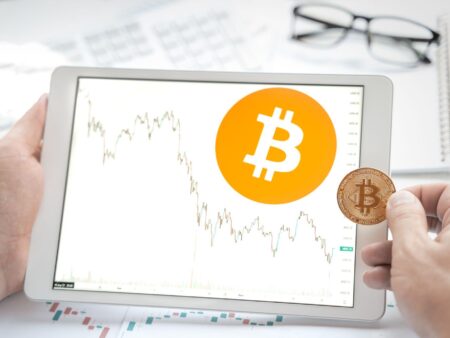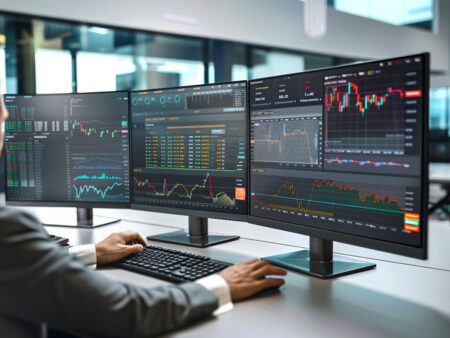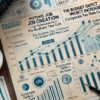
In an era where technology increasingly intersects with finance, automated trading systems, including robo-advisors and algorithmic trading platforms, have emerged as pivotal elements in the investment landscape. These systems utilize complex algorithms to perform a range of activities, from analyzing market trends to executing trades, often with minimal human intervention. This evolution marks a significant shift in investment strategies, democratizing access to financial markets and offering new levels of efficiency and precision. This article delves into the intricacies of automated trading, examining its components, benefits, and the future outlook for investors and the broader financial ecosystem.
The Evolution of Automated Trading
Automated trading systems have transformed the financial landscape, offering tools that can analyze vast amounts of market data, execute trades at optimal times, and manage investment portfolios with unprecedented accuracy.
Robo-Advisors: Making Investment Accessible
Robo-advisors are digital platforms that offer automated, algorithm-based portfolio management services. By gathering information on an investor’s financial situation and goals through an online survey, these advisors can construct and manage a portfolio, rebalance assets, and optimize tax strategies with little to no human supervision. Their low fee structures and minimal account requirements have made investment management accessible to a broader audience.
Algorithmic Trading: Efficiency at Scale
Algorithmic trading platforms use mathematical models to make transaction decisions. Employed by hedge funds, pension funds, and mutual funds, these platforms can execute orders based on market conditions with speed and volume that is not possible for human traders. This efficiency not only enhances profitability but also contributes to market liquidity and stability.
Components of Automated Trading
Understanding the ecosystem of automated trading involves exploring its strategies, technologies, and regulatory landscape.
Strategies and Models
At the heart of automated trading systems are the strategies and models designed to predict market movements and execute trades. These range from simple setups, like moving average crossovers, to complex strategies involving artificial intelligence and machine learning to predict future price movements based on historical data.
Regulatory Considerations
The rise of automated trading has prompted regulatory bodies to implement measures to ensure market fairness and prevent abuses such as market manipulation. Regulations are evolving to keep pace with technological advancements, aiming to safeguard investors while fostering innovation.
Technological Advancements
The backbone of automated trading is the continuous advancement in technology, including high-frequency trading algorithms, data analytics, and cloud computing. These technologies enable the processing of large datasets to identify trading opportunities in real-time, a critical component in today’s fast-moving markets.
Navigating Challenges
Despite their advantages, automated trading systems are not without challenges. Market volatility can lead to significant losses, especially for strategies that rely on historical data to predict future trends. Additionally, algorithmic biases and errors can result in unintended consequences, highlighting the importance of ongoing monitoring and adjustment.
The Future Landscape
The future of automated trading looks promising, with advancements in AI and machine learning expected to enhance the sophistication of trading algorithms. Moreover, the integration of blockchain technology could introduce new levels of transparency and security to automated trading.
Ethical and Social Implications
As automated trading becomes more prevalent, its ethical and social implications are increasingly coming under scrutiny. Issues such as the digital divide in access to advanced trading technologies and the potential for systemic risks warrant careful consideration.
The Role of Innovation
Innovation will continue to drive the evolution of automated trading systems. Emerging technologies like quantum computing could further revolutionize the speed and efficiency of trading algorithms, offering new opportunities and challenges for traders and regulators alike.
Conclusion
Automated trading systems represent a paradigm shift in the world of finance, offering enhanced efficiency, precision, and accessibility. As technology continues to advance, the landscape of investment and trading will undoubtedly evolve, presenting new opportunities for investors and challenges for regulators. Navigating this changing landscape requires a careful balance between leveraging technological advancements and ensuring market integrity and fairness. As we look to the future, the continued innovation and regulation of automated trading systems will be critical in shaping the next era of financial markets.











